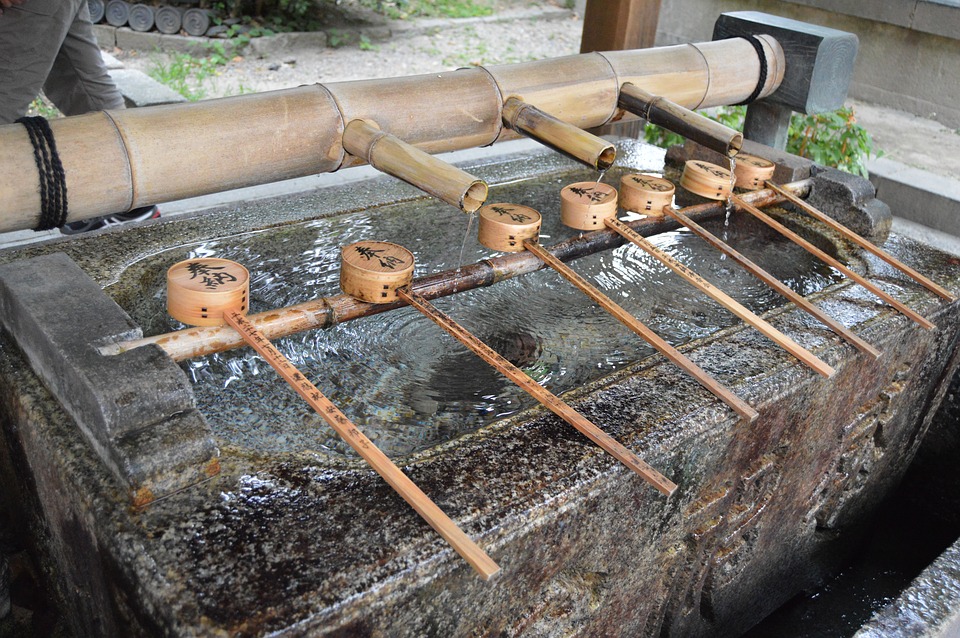
10/09/21 11:10 AM IST


In news
Indian researchers have developed an improved wastewater treatment solution that can completely reuse industrial dye wastewater from textile industry, eliminating its toxicity and making it suitable for domestic and industrial usage.
Details
Advanced Oxidation Process
Source: PIB

17 Sep
'Dehradun and several other districts in Uttarakhand have experienced very heavy rainfall over the past few days, triggering landslides in multiple areas and causing rivers to swel
Read More
08 Sep
'The Rajasthan Coaching Centres (Control and Regulation) Bill, 2025, is a significant piece of legislation passed by the Rajasthan Assembly to regulate and oversee the state's burg
Read More
28 Aug
'Recently, the Indian Space Research Organisation (ISRO) successfully carried out its first Integrated Air Drop Test (IADT-1), a crucial milestone in the preparation for the countr
Read More